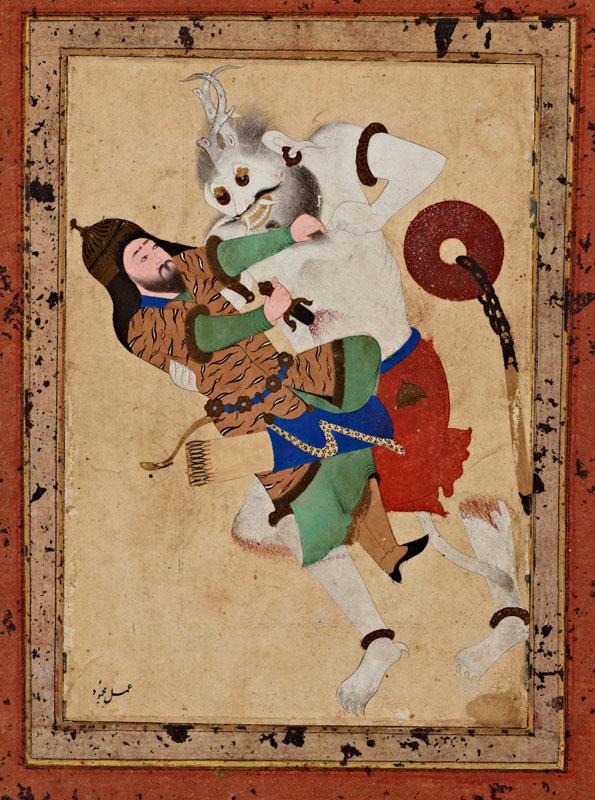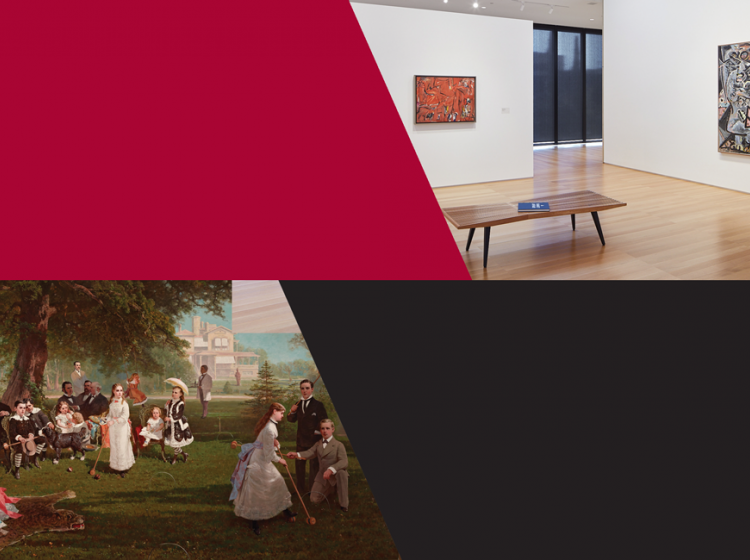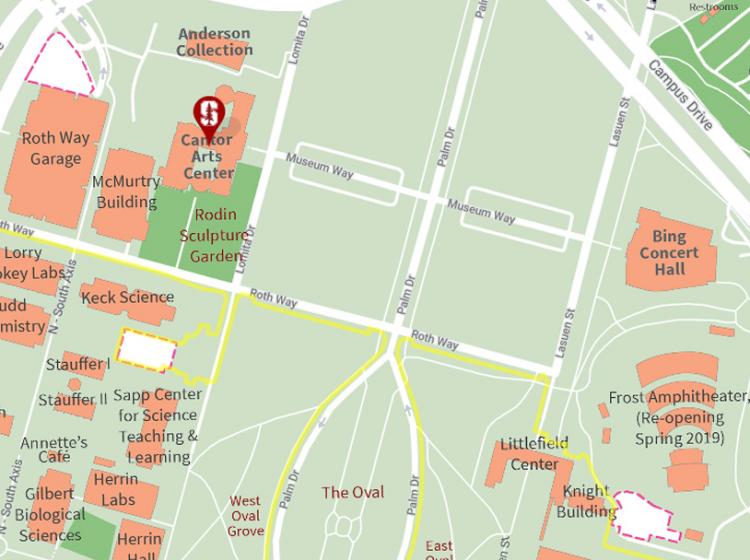Cantor Arts Center
328 Lomita Drive at Museum Way
Stanford, CA 94305-5060
Phone: 650-723-4177

Artist unknown (Persian, Iran), Scene from the Shahnameh: Rustam Battling with the White Demon, c. 1588. Gouache and gold leaf on paper. Committee for Art Acquisitions Fund, 1985.137
Crossing the Caspian explores the golden age of artistic exchange between the Safavid Empire of Persia and Europe. Featuring prints, drawings, miniature paintings, rare books and maps, as well as objects of porcelain and silk, this exhibition examines the opening of new geographic, diplomatic, and mercantile routes between Persia and Europe in the seventeenth century. The pieces assembled here include works by artists from Antwerp, Amsterdam, Paris, Hollstein, Qazvin, Isfahan, and Shiraz. Together, the works represent the process of coming to know a foreign culture through the medium of visual art.
The Cantor is open to the public, Wednesdays–Sundays 11:00 a.m.–5:00 p.m. We’re always free. Advance registration is not required, but it helps us plan if we know who's coming.

The Cantor Arts Center is located at the intersection of Museum Way and Lomita Drive in the heart of the arts district on the Stanford campus. The Cantor faces the Bing Concert Hall across Palm Drive, northwest of The Oval and the Main Quad.

Parking is limited. Stanford has a new contactless process to pay for parking, using the ParkMobile app, website, or phone. Prior to your visit, we recommend you visit the Stanford Transportation website to learn more about the updated visitor parking process.
